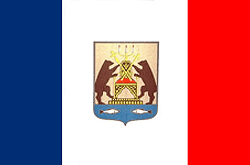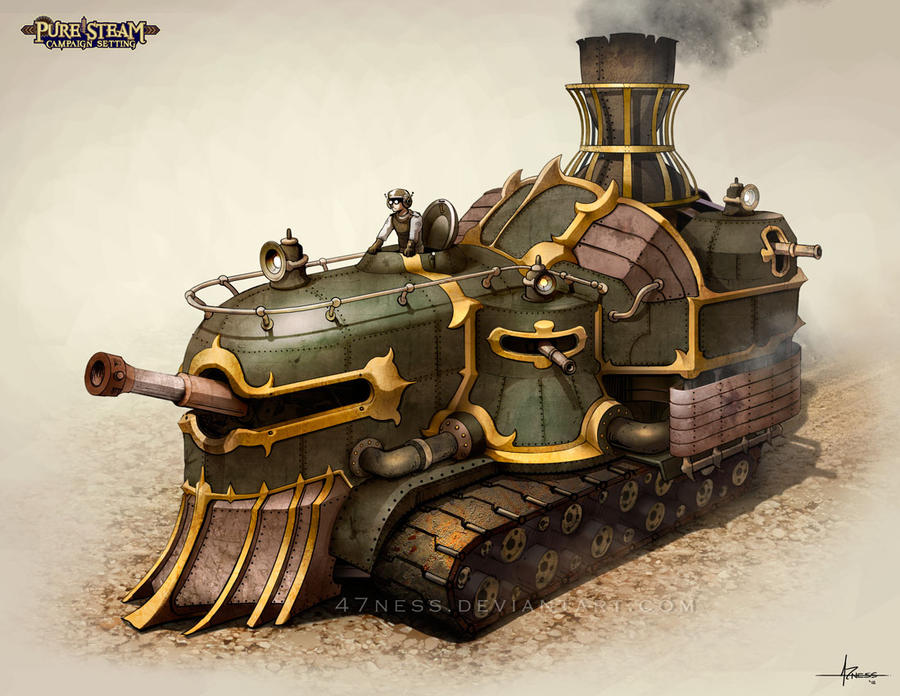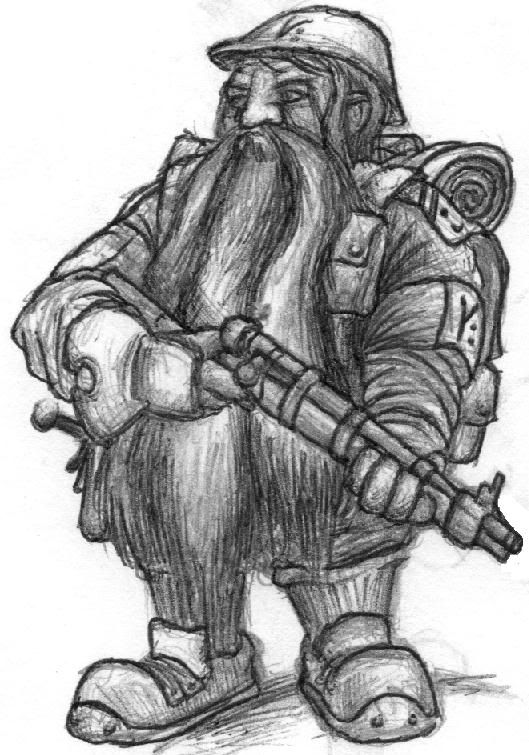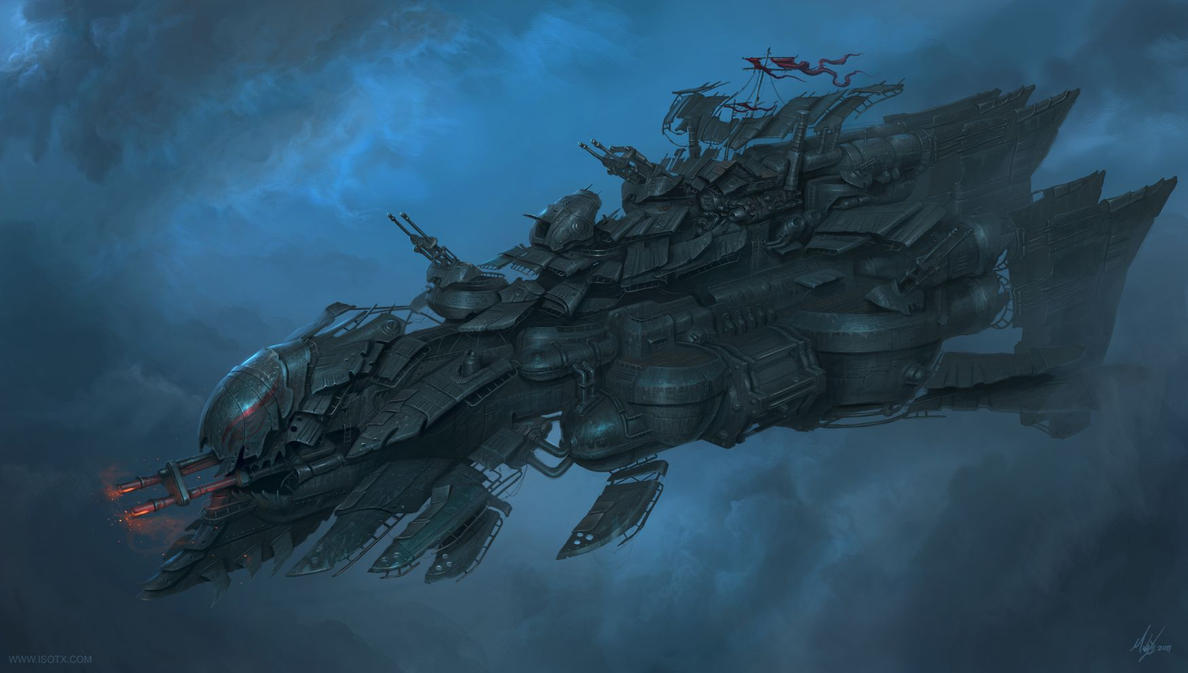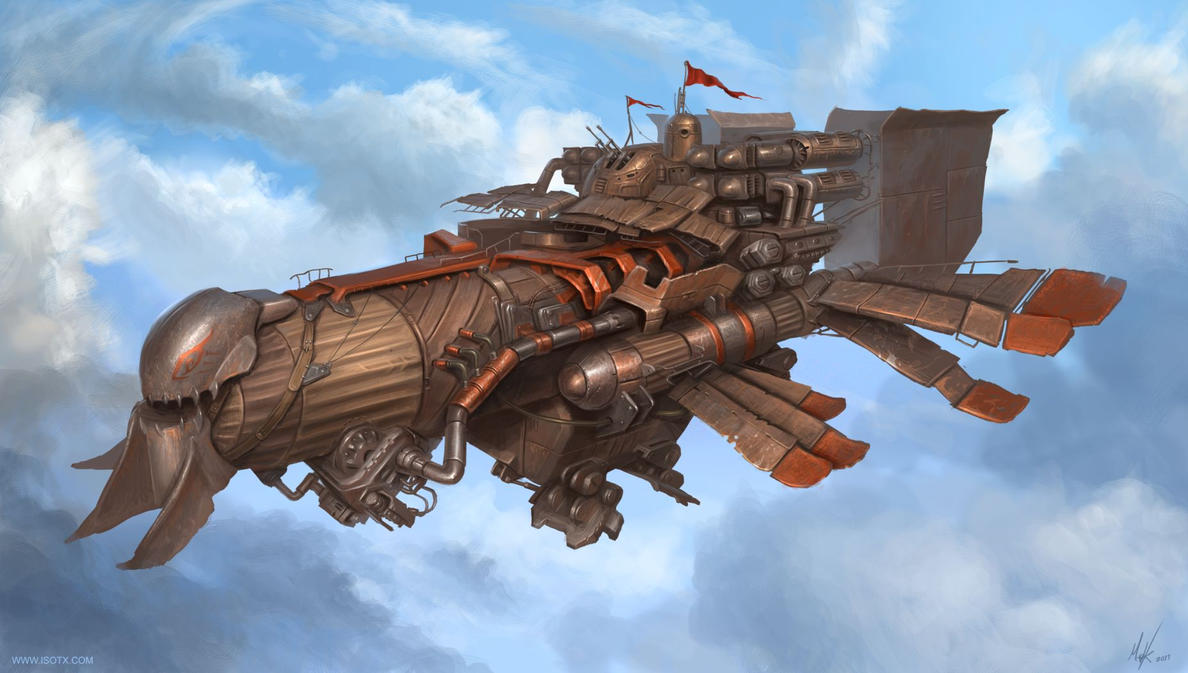I've opted to go for something a little less "out there," because... Well, let's just say I was thinking about the Ottoman Empire.
* * * * *
 Portrait of Faqim Al-Qari and his entourage, current Emperor of the Qalimeqi EmpireFitting MusicName of Nation:
Portrait of Faqim Al-Qari and his entourage, current Emperor of the Qalimeqi EmpireFitting MusicName of Nation: The Qalimeqi Empire; Grand Qalimeq
Flag: A black sword with its hilt at the top splitting a yellow background, resting behind a setting red-orange sun.
Demonym of Nation: Qalimeqi
Race Description(s)
:Humans (Qalimeqi) - Qalimeqi humans have brown skin whose tone ranges from a heavy tan to being so dark it appears black in the desert heat. They stand a few inches taller on average than most humans. There are other subgroups of humans within Qalimeq living in vassal duchies, and the typically have more of an olive complexion. Humans hold the highest positions in Qalimeqi society, but that does not protect them from poverty nor the circumstances that may lead to a lower-class life.
Goblins - Small and numerous, these three foot tall creatures have a ruddy yellow complexion and are native to the desert. They are wide eared, clawed, agile, and have a uniquely nomadic lifestyle. While they theoretically possess status equal to that of the humans, they rarely become wealthy or important figures in Qalimeqi society.
Hobgoblins - Standing just a little shorter than humans (with an average height of 5'6"), hobgoblins are the result of men breeding with goblins. While some are born sterile, many have bred with one another long enough to form their own race. Their appearance is a blending of the features of both heritages: Brown-yellow skin, a lean but muscular build, clawed fingers, and sharp teeth. Hobgoblins are somewhat uncommon, but are known to make terrific soldiers, combining goblin reflexes and agility with Qalimeqi discipline and adaptability. Like goblins, they are theoretical equals to humans; unlike goblins, they have a very distinct chance to earn respect and recognition through military service.
List of Race Perks and Nerfs:Humans (Qalimeqi) - No unique perks or nerfs.
Goblins - Increased agility and senses; small size makes them difficult to hit, but also forces them to wield smaller weapons and makes them less capable melee combatants.
Hobgoblins - Better agility, stamina, and senses than a human; slightly smaller, but not in a truly impactful way. Not very numerous.
Nation Location: (Decided after map, people who finish nation sheets first get first call)
Description of Nation: Qalimeq, more formally known as Grand Qalimeq or the Qalimeqi Empire, is a once-glorious empire that almost lost its place as a world power due to adherence to tradition. It covers a vast measure of territory chiefly consisting of plains, deserts, and hills and mountains, with a generally warm climate and mild winters. With only a few mighty rivers and their flood plains marring the great expanse, Qalimeq's land has always encouraged the use of horses, elephants, and pegusi, and its armies have historically been a dominant force in the region. Qalimeqi armies have spent the last century subjugating their neighbors, incorporating them into their empire as vassal duchies, incorporating the goblins into their empire, and controlling the trade of spices and dyes.
With the advent of firearms, however, Qalimeq has slowly lost the ground it gained. The last war proved especially devestating; one battle saw a force of nine thousand elite cavalry was utterly annihilated by a smaller force equipped only with rifles and a single combat walker. Since then, the empire has been scrambling to change its military policies.
In other areas, Qalimeq is ahead of the majority of the world. They have an ancient tradition of philosophy, and the sciences of astronomy, chemistry, and medicine have long flourished in the nation. In ages past, it was considered
the center of knowledge and learning throughout all the world. However, the military has been slow to adapt to the changing world, and the changes that have been made have created rebellious divisions among the religious and military sects of the nation. There is a very real tension between these fanatics and those who would change the nation, and should these factions see an opportunity, they will gladly strike against their own ruler to attempt a coup.
Despite these factors, the Qalimeq Empire has not left the scene of global powers yet. It remains a noteworthy competitor militarily, and it has enough economic and scientific clout to influence the world outside the arena of war. If it can survive the next decade, it will surely come out of the ashes like the phoenix: Reborn.
Government of Nation: Federal Monarchy - The Empire consists of numerous semi-independent regions and duchies which are partly autonomous but concede to the will of the highest authority, the Qalimeqi Emperor. Upon the Emperor's death, a new Emperor is chosen by a council (half elected, half born into their station) of all the provinces from the royal family. While the ruler is usually chosen based on merit, corrupt bargains have rigged these elections several times in the past.
Capital of Nation: Ahnidad
Population of Nation: 80 million approximately (57 million humans, 18 million goblins, 5 million hobgoblins)
Economy of Nation: Trade is vital to Qalimeq's economy, and they maintain rigid control over the trade of spices and dyes, and Qalimeqi merchants also have their hands in the trade of sugar, salt, and precious metals. Shepherding and farming are both also major occupations in the regions surrounding the flood plains along the nation's mighty river. Orchards for olives and fruits are also common, moreso in the duchies than in the desert heartland.
As a center of culture and learning, Qalimeq also tutors would-be scholars from across the globe, and its horse and pegusi races attract many eager spectators. Due to being behind in the areas of mechanical and electrical engineering, this facet of Qalimeq's economy is slowly dwindling; it does not help that this new era of progress is causing other nations to establish more universities.
Qalimeq has instituted a special tax on those who do not follow the main religion (
Al-Qalai, a monotheistic religion in which ancestors of the royal family were prophets, thus granting them divine right to rule). It increases their tax rate by approximately four percent; a hefty price, perhaps, but those who pay it are otherwise treated as equals to the Qalamites of the Empire. This tax provides enough income to be considered a considerable source of revenue.
Nation's Major Exports: Luxury goods; salt; sugar; horses; wool.
Nation's Major Imports: Iron; steel; coal; copper; beef.
Nation's Military Description: There is a healthy focus on the national military. About 3% of the population (2.67 million citizens) serve in the Empire's military. Of this number, Qalimeq has invested substantially into its Grand Army, with 40% of the nation's troops serving as infantry, marksmen, irregulars, and similar units; 20% more of the enlisted population serves as land-based cavalry; another 30% serve in the Imperial Aerial Forces (I.A.F.), and the last 10% serve in the Imperial Naval Forces (I.N.F.).
Despite the disasters of the last war, there is still a struggle in the nation's military between those who would adapt and those who would stick to the tried and true ways of old. The cavalryman still serves as an integral part of the nation's army, though his role on the battlefield is changing. While Qalimeqi cavalry still act as shock troops and flankers when the opportunity allows, they are now equipped with rifles as well as swords and lances, harassing the enemy from a distance to soften the ranks before riding in for the kill. The cavalryman is slowly being replaced by a new sort of mobile unit: the airship.
Airships are employed by the Qalimeqi Empire as scouts and as bombers. Due to their fragile nature, they come with pegasus riding cavalry equipped with small rifles for fighting aircraft and curved blades for charging enemies below. They also carry grenades, which are easily dropped on unsuspecting infantry. An airship carrying an attachment of pegasus cavalry can deal with most landed landed opponents sufficiently, but faces some difficulty when fending off aerial assaults. The weaponry aboard a Qalimeqi airship is less advanced than that of other nations', and so their aerial cavalry must compensate for this weakness, charging through the skies and riding down the workers aboard enemy airships, where they try to find a weak point in the hull surrounding the gas bags.
Pegusas cavalry are used outside of aerial combat, and have long been the most recognizable force in the Qalimeqi military; however, with the advent of deadlier and more accurate firearms, these valuable beasts are being limited more and more to fighting in the sky.
On the ground, traditional cavalry equipped with pistols and swords fight alongside infantry equipped with single-shot, long-ranged rifles. While these rifles cannot fire very quickly, they have great accuracy, especially in the hands of hobgoblins, and hobgoblin marksmen are becoming more and more commonplace. Skirmish-style tactics are often utilized to make better use of these rifles.
Goblins can be found working as irregulars in the Qalimeqi army. Their small size makes them great ambushers, as they can hide in many environments and, equipped with grenades, pistols, bombs, bows and axes, can serve reliably as cannon fodder, saboteurs, and urban fighters. Veteran goblin irregulars have formed specialist squads that often work before the main Qalimeqi force arrives, assassinating officers or making breaches to allow the famous Qalimeqi cavalry to charge past enemy defenses.
Artillery have a place in the Qalimeqi military in sieges, but the weapons are not very advanced compared to the artillery of other nations. Members of any race can be found crewing these crude cannons.
The most experimental unit in the Qalimeqi army has yet to be tested on the battlefield: Gas-filled rockets. In ancient times, Qalimeq used simple explosive rockets filled with gunpowder (which would later lead to the invention of fireworks) to assault enemy fortifications. The rockets to be used now are propelled with an explosive force, but are designed to release a trail of toxic gas as they travel, and then burst in a cloud of it upon impact. While the design is still rough and the firing crews are suffering some unhealthy side effects from the gases being released in their proximity, the progressive minds in the military have convinced the traditionalists to allow them to be tested in the next great conflict.
Qalimeq has never focused very much on its navy, and does so even less with the invention of the almighty airship and its explosive payload. The navy utilizes similar tactics as its aerial counterpart: partly armored destroyers function as the defense for carrier vessels which are host to a number of pegasus cavalry. These cavalry drop bombs on enemy ships and and sometimes act as boarding crews, using the pistol and the sword to take over enemy vessels. As with Qalimeq's airships, the destroyers and carriers in the navy have less advanced armor and weapons than those of other nations, and are thus liable to be defeated in a broadside or sustained combat; it's up to the nimble pegusi to achieve victory for the Imperial Naval Forces.



